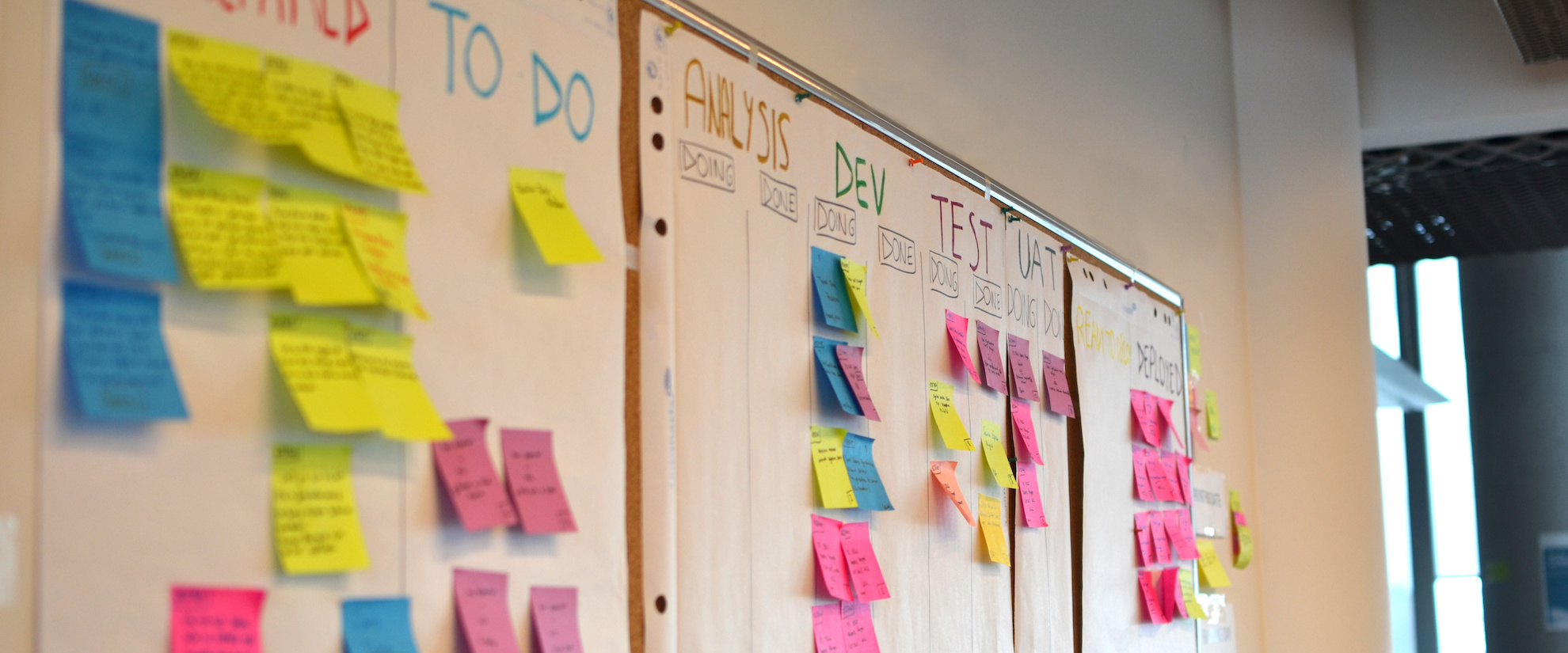The Kaizen Consultant: Introducing Change Through Small, Consistent Steps
08 Sep, 2023 | By leslie@leanexpansion.ca

In Japan, there’s a philosophy that small, ongoing changes can gradually lead to dramatic improvement. This is the basis of Kaizen. As a kaizen consultant working in Canada and America, I’ve collaborated with companies like Lockheed Martin and Bosch to introduce transformation through processes based on cooperation and commitment rather than sweeping changes that come from the top down.
Kaizen is synonymous with the Toyota car company. It became part of their improvement process, and today it’s a tool used by companies globally to minimize defects, maximize value, improve productivity, build purpose and accountability, and boost innovation.
As a kaizen consultant, I’ve introduced this method to various clients, combining it with approaches and tools like value stream analysis and policy deployment to troubleshoot processes, improve flow to streamline operations, and even create management frameworks for improvement. The purpose of Kaizen is continuous change for the better, and it works by galvanizing support across an organization, not just from the CEO and managers.
Kaizen involves identifying issues and opportunities, creating solutions, and implementing them. Then we cycle through the process again to address remaining issues and problems. The kaizen cycle is quick, with a core belief that everything can be improved and nothing should be left alone. The systematic method for introducing Kaizen breaks down as follows:
• Engage Team Members – actively involve employees to study the issues and problems. There’s no one better to do this than those closest to the work. And it’s key for buy-in to change.
• Identify problems – Go and see what is happening. Capture the data. Use feedback to draft a list of issues and potential opportunities.
• Consider potential solutions – Encourage team members to offer creative solutions, with all manner of ideas encouraged. Agree upon something to try.
• Test – Try the proposed solution with everyone participating. Create programs or metrics to assess the validity of the actions taken.
• Analyze – Check and measure progress while keeping team members engaged.
• Implement – Positive results can be introduced throughout the organization. If not, cycle back.
• Repeat – Use Kaizen to tackle new or ongoing problems and repeat on an ongoing basis.
If results are positive, it’s time for what I call copy kaizen. Let other teams struggling with the same or similar problem steal shamelessly. Don’t let problems that teams have solved in one area perpetuate in another. Then use these steps to tackle other problems.
Kaizen is a valuable tool for organizations that want to achieve widespread cultural change. The focus on gradual improvement can be a gentler approach, allowing team members to change and adapt in contrast to sweeping changes, which can sometimes be abandoned due to resistance and pushback.
Kaizen’s advantages are the system encourages continual scrutiny so that mistakes and inefficiencies are reduced. Morale improves thanks to an added sense of value and purpose. Employees become more aware of customer needs, and as the system continues to cycle, team members start to think outside their departments and consider how changes can benefit the entire organization. This gradual, continuous approach actually increase the rate of sustainable change.
Kaizen is an incredible system being used by companies like Pixar and Ford. As a kaizen consultant, I work with clients interested in problem-solving and continuous improvement. To learn if Kaizen is a fit for your organization, reach out at 416.528.7990 or leslie@leanexpansion.ca.



